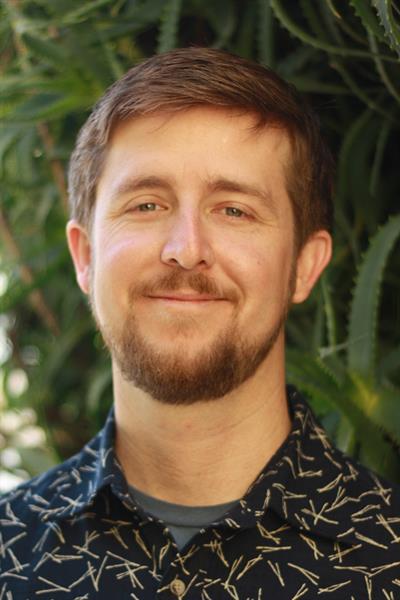DER Electricity Market Participation
DER Electricity Market Participation
DER Electricity Market Participation
Distributed Energy Resources (DER) implementation can be expensive. In order to maximize their uptake, regulators, market operators, aggregators and equipment manufacturers are interested in harnessing their potential to provide market-based grid services that lower their life-cycle costs. Market prices for electricity and ancillary services are transparent and attractive, but unlocking that potential revenue stream is complicated and may face significant regulatory challenges. Our research attempts to highlight these barriers and develop control solutions to enable integration of DER into wholesale electricity and ancillary service markets.
What We Do
We approach this important topic from both a regulatory and engineering perspective:

- We analyze market opportunities and elucidate the barriers to unlocking this value.
- We develop hierarchical control and optimization approaches to manage DER to provide power systems services that target providing the appropriate interactions with wholesale electricity and ancillary services markets in the US and are consistent with those market timelines.
- We analyze the degree to which participation in ancillary service markets may create additional energy consumption, which will result in a marginal cost of service provision.
- We demonstrate our work with live control signals from market operators in CAISO and PJM, and we have participated as an active resource in financially binding service provision with CAISO.
Projects
Contact

